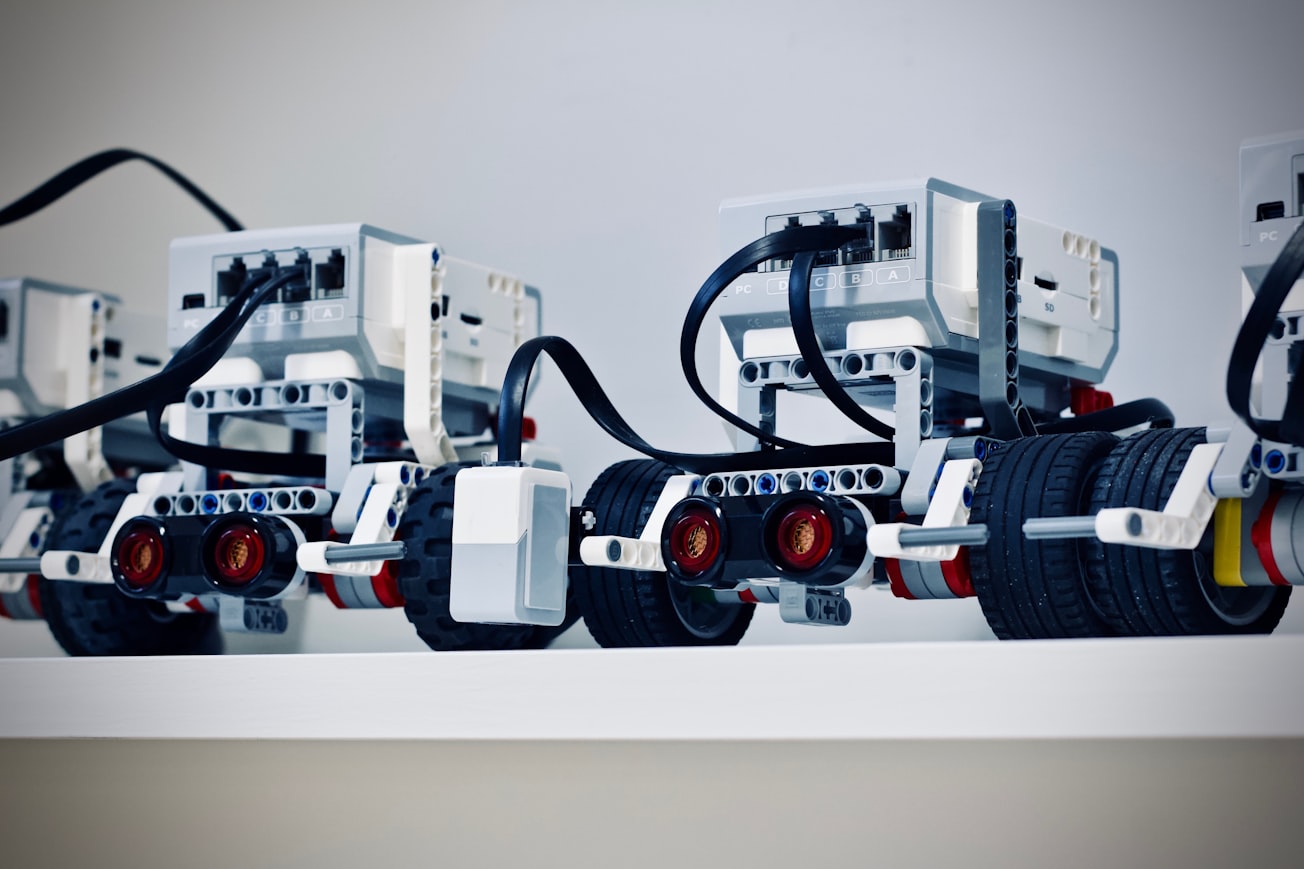What is it about?
In‐line inspection (ILI) robot has been considered as an inevitable requirement to perform non‐destructive testing methods efficiently and economically. The detection of flaws that could lead to leakages in buried concrete pipes has been an area of great concern to the oil and gas industry and water resource‐based industry. The major problem is the difficulty in modelling the detection of cracks as a result of its irregularity and randomness that cannot be easily detected. This work covers the study of defect detection of non‐destructive testing methods using fusion inspect sensors, light detection and ranging, and optic sensors. Studies on ILI robots are also reviewed to construct an efficient gauge. Nevertheless, the study on current support vector machine (SVM) technique is centred as the main classification engine for the combined sensory data. The prototype robot has been designed and successfully operated in a lab‐scale environment. Intuitively, the obtained data described the status of inspected pipe clearly. Sensors from the proposed list also well integrated as attaching to the robot. The experiments with SVM techniques to evaluate the feasibility of defects detection also achieved remarkable results.
Featured Image

Photo by Jelleke Vanooteghem on Unsplash
Why is it important?
In‐line inspection (ILI) robot has been considered as an inevitable requirement to perform non‐destructive testing methods efficiently and economically. The detection of flaws that could lead to leakages in buried concrete pipes has been an area of great concern to the oil and gas industry and water resource‐based industry. The major problem is the difficulty in modelling the detection of cracks as a result of its irregularity and randomness that cannot be easily detected.
Perspectives
This work covers the study of defect detection of non‐destructive testing methods using fusion inspect sensors, light detection and ranging, and optic sensors. Studies on ILI robots are also reviewed to construct an efficient gauge. Nevertheless, the study on current support vector machine (SVM) technique is centred as the main classification engine for the combined sensory data. The prototype robot has been designed and successfully operated in a lab‐scale environment. Intuitively, the obtained data described the status of inspected pipe clearly. Sensors from the proposed list also well integrated as attaching to the robot. The experiments with SVM techniques to evaluate the feasibility of defects detection also achieved remarkable results.
Dr zhiyuan chen
The University of Nottingham Malaysia
Read the Original
This page is a summary of: A Multi-sensors In-line Inspection Robot Design for Pipe Flaws Detection, IET Science Measurement & Technology, October 2019, the Institution of Engineering and Technology (the IET),
DOI: 10.1049/iet-smt.2019.0171.
You can read the full text:
Resources
Contributors
The following have contributed to this page










